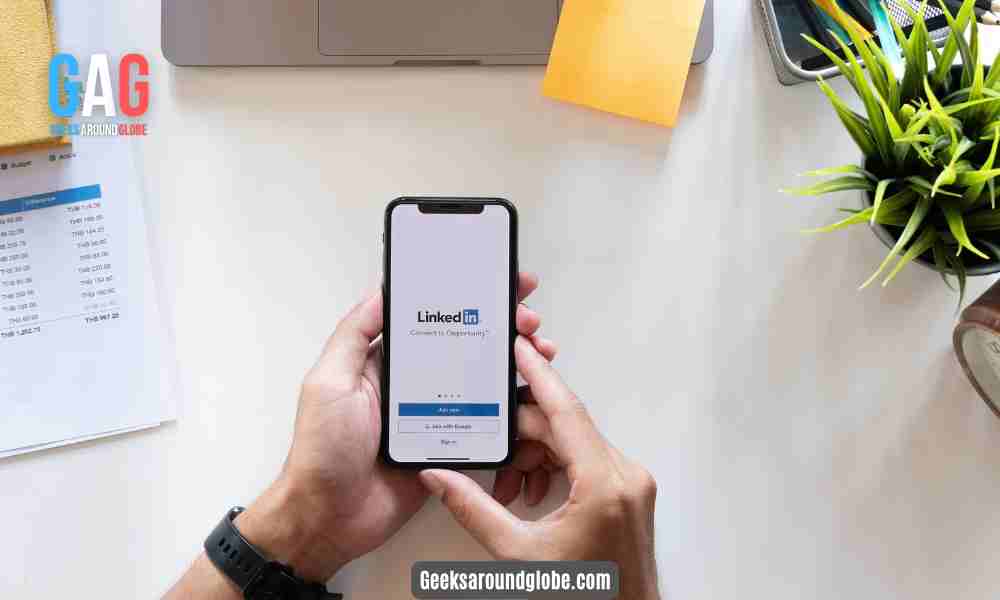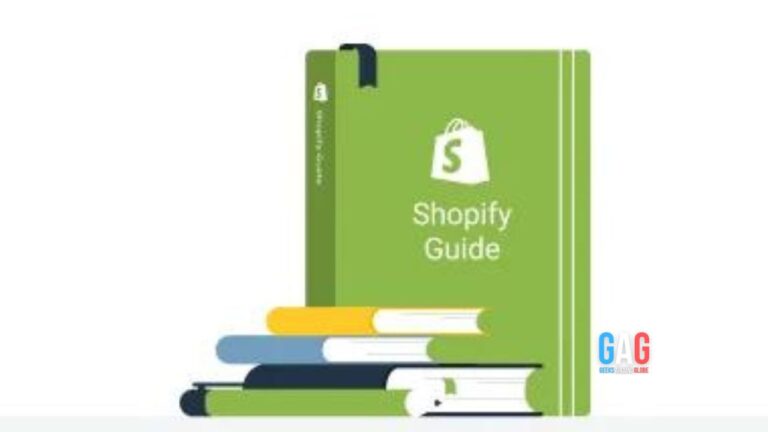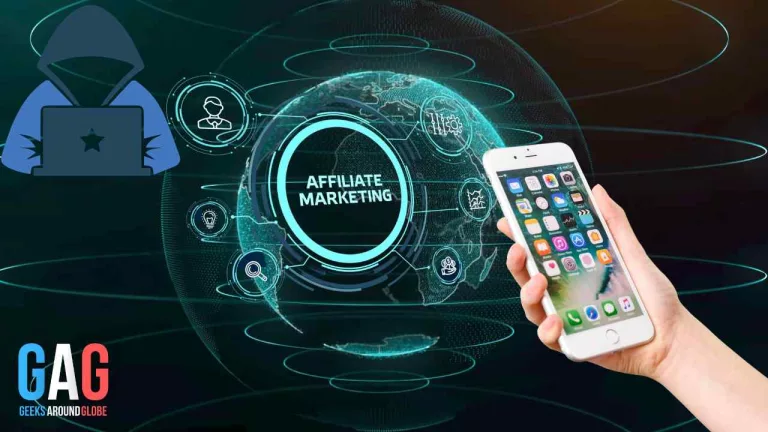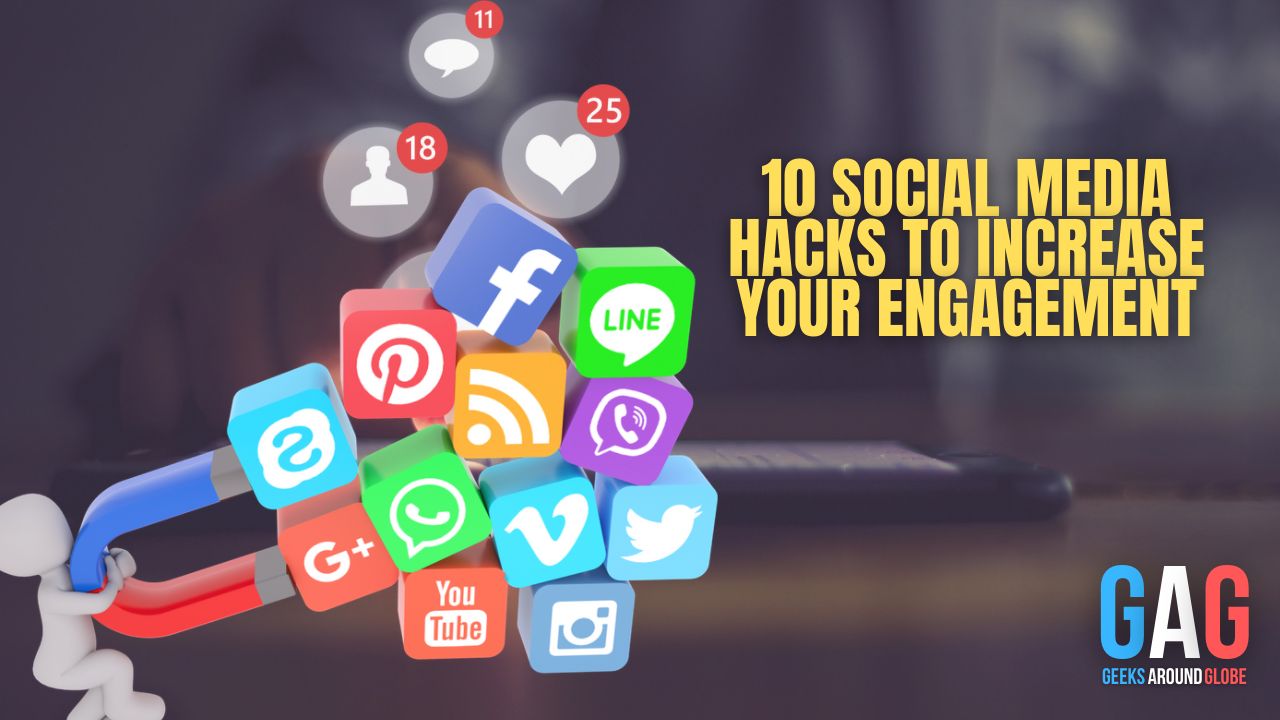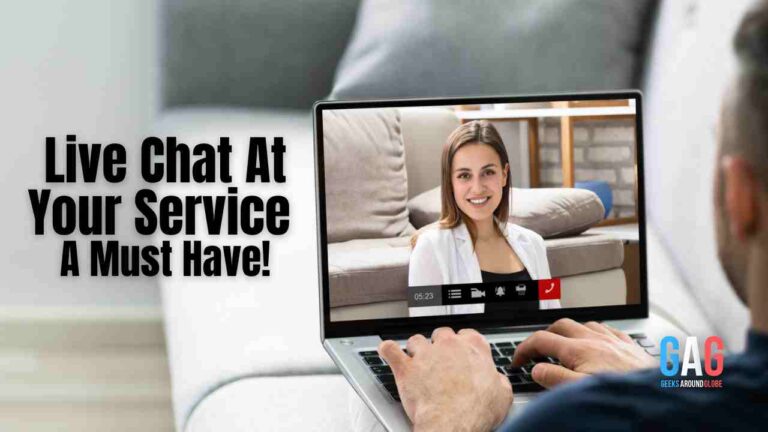- 1. 1. Create a Strong LinkedIn Profile for Your Business and Your Executives
- 2. 2. Actively Participate in Relevant LinkedIn Groups
- 3. 3. Use LinkedIn’s Advanced Search Function to Find Prospects
- 4. 4. Regularly Post Content That Attracts the Attention of Potential Clients
- 5. 5. Connect with New People Daily
- 6. 6. Add Unique Value to Every Interaction
- 7. 7. Use Paid Products to Ensure Your Content Reaches Your Intended Audience
- 8. 8. Ensure You Have Solid Sales and Marketing Alignment
- 9. 9. Use an Email Finder Chrome Extension
- 10. 10. Be Consistent on the Platform
- 11. Conclusion
It’s no secret that LinkedIn can be a powerful tool for generating leads. But it’s time to ask why it isn’t working for you. It could be the way you use the platform, or your approach needs to be corrected. Look at these tips for how to generate leads on LinkedIn, and see if any of them could help boost your results.
1. Create a Strong LinkedIn Profile for Your Business and Your Executives
A strong LinkedIn profile for your business and its executives is the first step in generating leads. Make sure you are using every opportunity to promote your company on LinkedIn, including the following:
- Updating the information on your profile regularly (it should always be accurate)
- Using a professional headshot or logo as your profile photo
- Make sure all of the information in your profile is complete and accurate, including education and work experience
- Optimizing your profile with keywords that describe both you and your executive team
- Adding a link to your website within the summary section of your LinkedIn profile (the website should be professionally designed and easy to navigate)
- Regularly sharing relevant content on LinkedIn.
2. Actively Participate in Relevant LinkedIn Groups
LinkedIn Groups are an excellent way to generate leads. When actively participating in relevant LinkedIn Groups, you can post and read valuable content and connect with other group members.
You can also invite others to join your business’ LinkedIn Group, which will help build a community around your company’s brand, products, or services. If you ask questions, you’ll get answers that might give you some great ideas for new products or services.
3. Use LinkedIn’s Advanced Search Function to Find Prospects
The next thing to do is use the Advanced Search function to find prospects. Go to the LinkedIn homepage and click on “Advanced People Search.” Then, search for your target market and set up some filters for them (the more specific you can get, the better).
You could also filter by industry or title to focus on people who work in your target market. You can use this information to create leads and connect with prospects. But you might already have an idea of how valuable this could be.
4. Regularly Post Content That Attracts the Attention of Potential Clients
If you want to get more leads, you will have to post relevant and high-quality content that attracts the attention of potential clients. The posts will depend on your target audience. For example, your LinkedIn post should be about accounting or business-related topics if you are an accountant looking for accounting jobs.
Posting frequently is also important because it increases your chances of success. If a user sees multiple posts from one business or organization in one day, they might not bother clicking on any of them because they assume it’s all spam (or maybe they don’t like reading).
However, if someone sees only one quality post from a company per day, they will probably notice and pay attention, and this could lead them towards making a purchase decision or learning more about your offers.
5. Connect with New People Daily
Connecting with new people on LinkedIn every day will help you get ahead of the competition in your industry, as well as help you establish relationships with potential clients and customers. Here are some ways to find people who could benefit from connecting with you:
- Use the search function. If you already know who you want to communicate with, then use this feature to find them. You can also use advanced search options if desired (e.g., location or job title)
- Search by company name or location within a certain radius of your site (if relevant). This approach has the added benefit of allowing you to network with local connections and reach out across regions or countries where parties may have mutual interest.
6. Add Unique Value to Every Interaction
Make sure you line up with the needs of your audience. Take an interest in their business and ask questions that show you’re interested in what they do. If someone shares a post about how they solved a problem, comment on it, but don’t just say, “nice job!”. Instead, say something like: “That sounds like fun — tell me more about how you did it!”. This is the kind of personalized interaction that will help build rapport with people who may end up being beneficial acquaintances.
Nobody likes salespeople’s same sales pitches. So try to avoid making your interactions feel like advertisements by focusing on yourself and what you offer. Instead, focus on contributing value to others by helping them solve problems and learn new things.
7. Use Paid Products to Ensure Your Content Reaches Your Intended Audience
You can also use paid products to ensure your content reaches your intended audience. Paid products include advertising, sponsored content, promoted posts, and sponsored groups. These options allow you to target specific LinkedIn users based on demographics or areas of interest so that your ads are seen by people most likely to be interested in what you’re offering.
Not all companies have the budget for paid products like these. Still, if you have access to this type of marketing budget, then it’s worth considering because it allows for more effective targeting than organic methods alone can provide.
8. Ensure You Have Solid Sales and Marketing Alignment
To ensure that you are making the most of your time on LinkedIn, it is essential to have strong sales and marketing alignment. This means that both departments understand their goals for the year ahead. To do this effectively, sales and marketing teams need to work together with a shared understanding of the following:
- What problems is your company trying to solve for customers (or clients)
- What solutions of your competitors are available for you to create an advantage over them
- How your products or services can be used as part of a broader solution offering
Once these three elements are defined by sales and marketing teams working together with leadership, they can start discussing how they will best achieve their individual annual goals through LinkedIn.
9. Use an Email Finder Chrome Extension
An email finder Chrome extension is a tool to find the emails of people you are connected with on LinkedIn and prospects. This tool will help you grow your network and make more connections by using an email grabber Chrome extension that works even if someone’s privacy settings are not on their profile. One of the best email finder tools that can provide you with valid personal and work email and contact information is SignalHire. You can visit this website to learn more about the tool.
10. Be Consistent on the Platform
To succeed with LinkedIn lead generation, you first need to be consistent. The platform’s audience appreciates consistency and will follow your profile if they regularly see frequent updates. To maintain this activity level, you must establish a routine for yourself as soon as possible, so it becomes second nature.
However, only some types of content are created equal regarding gaining followers on LinkedIn. One type of post that has proven effective in getting people interested in your company is infographics. Creating an interesting and helpful infographic could help grow awareness around your brand while simultaneously increasing engagement rates!
Conclusion
LinkedIn is a fantastic platform for generating leads, and it can be even more potent if you use it consistently. The key is to use the platform in a way that best suits your business’s needs.
For example, if you’re trying to find new contacts at a specific company or industry event, you should use LinkedIn’s Advanced Search function. But if you want to connect with potential clients by reaching out through invitations and messages, then an effective Chrome extension might appear more productive.

